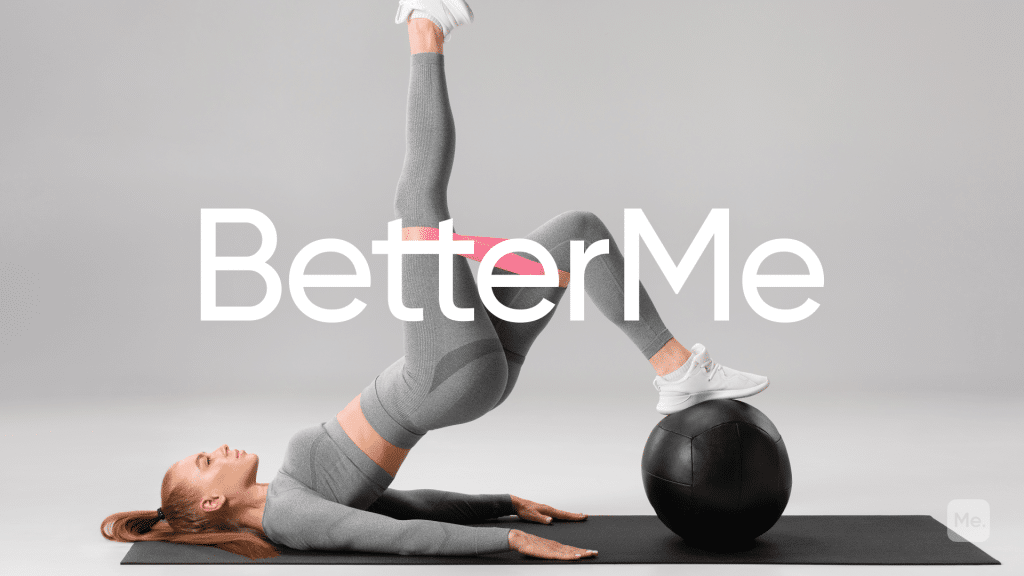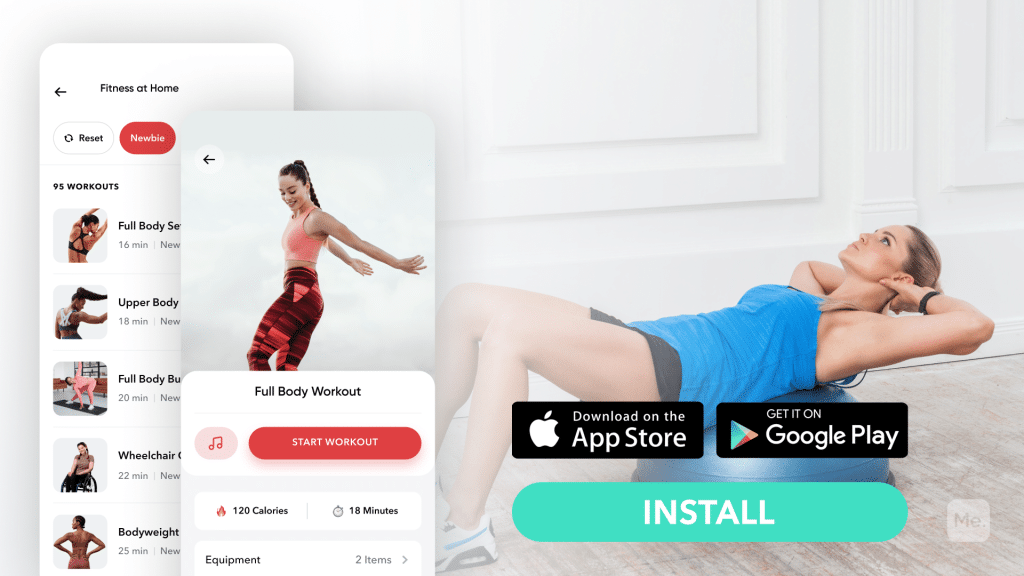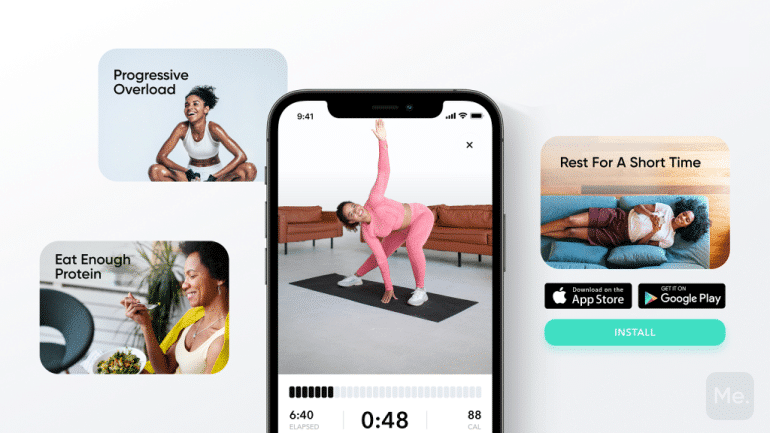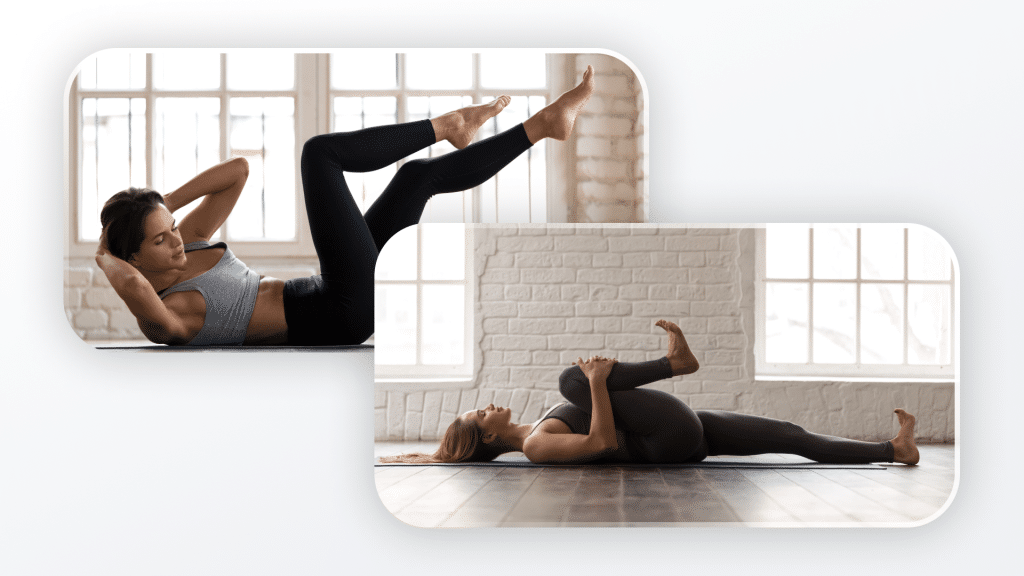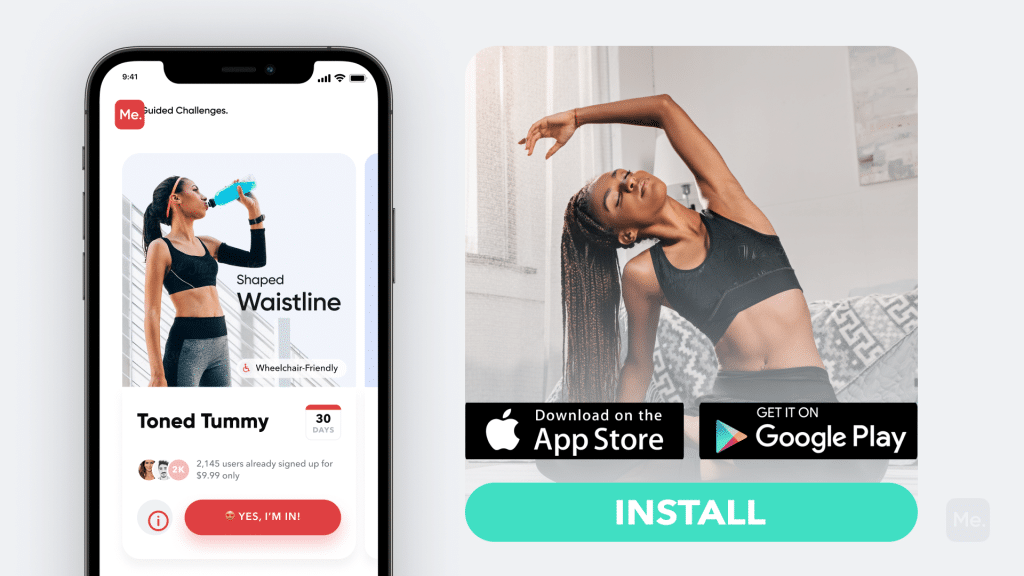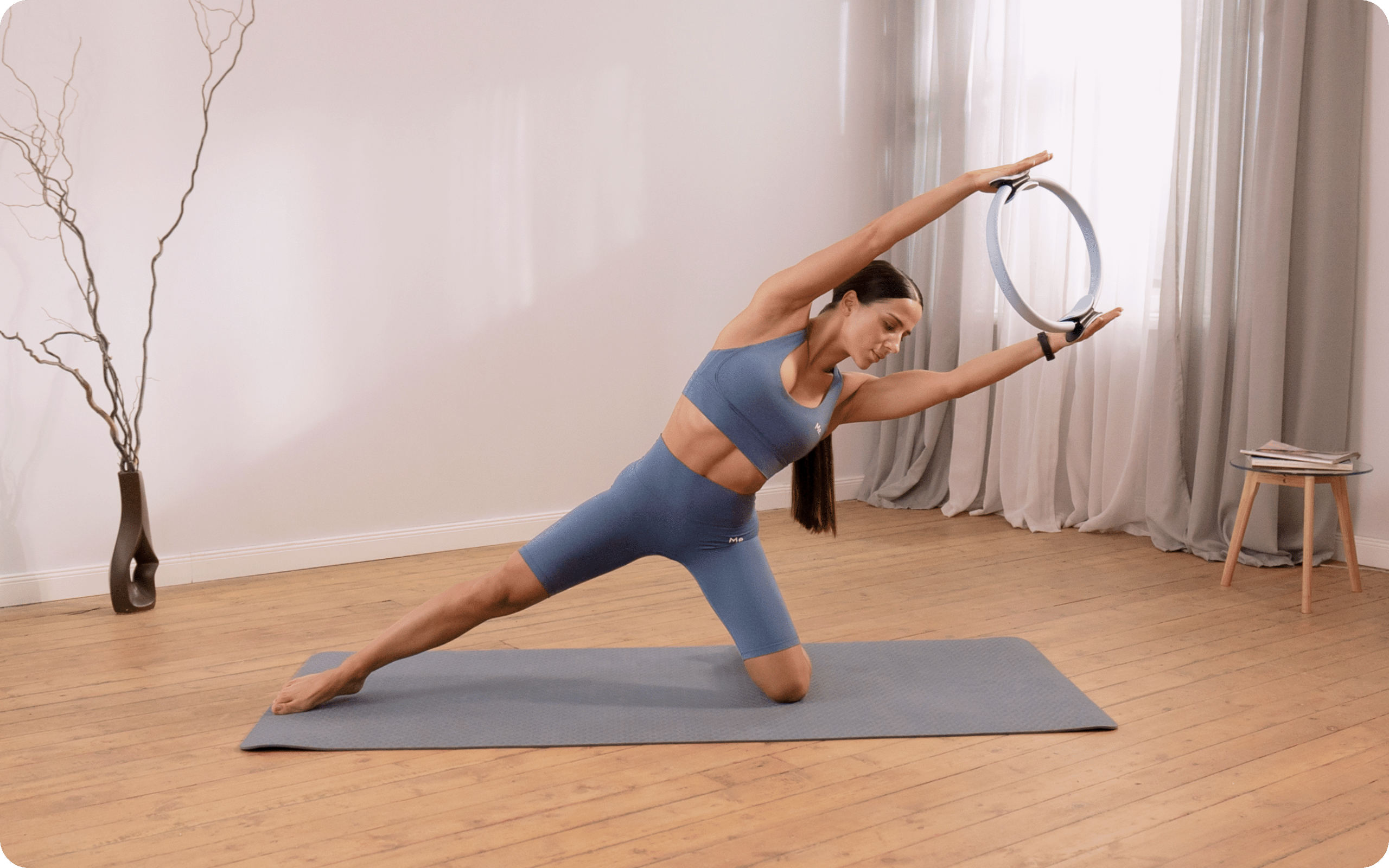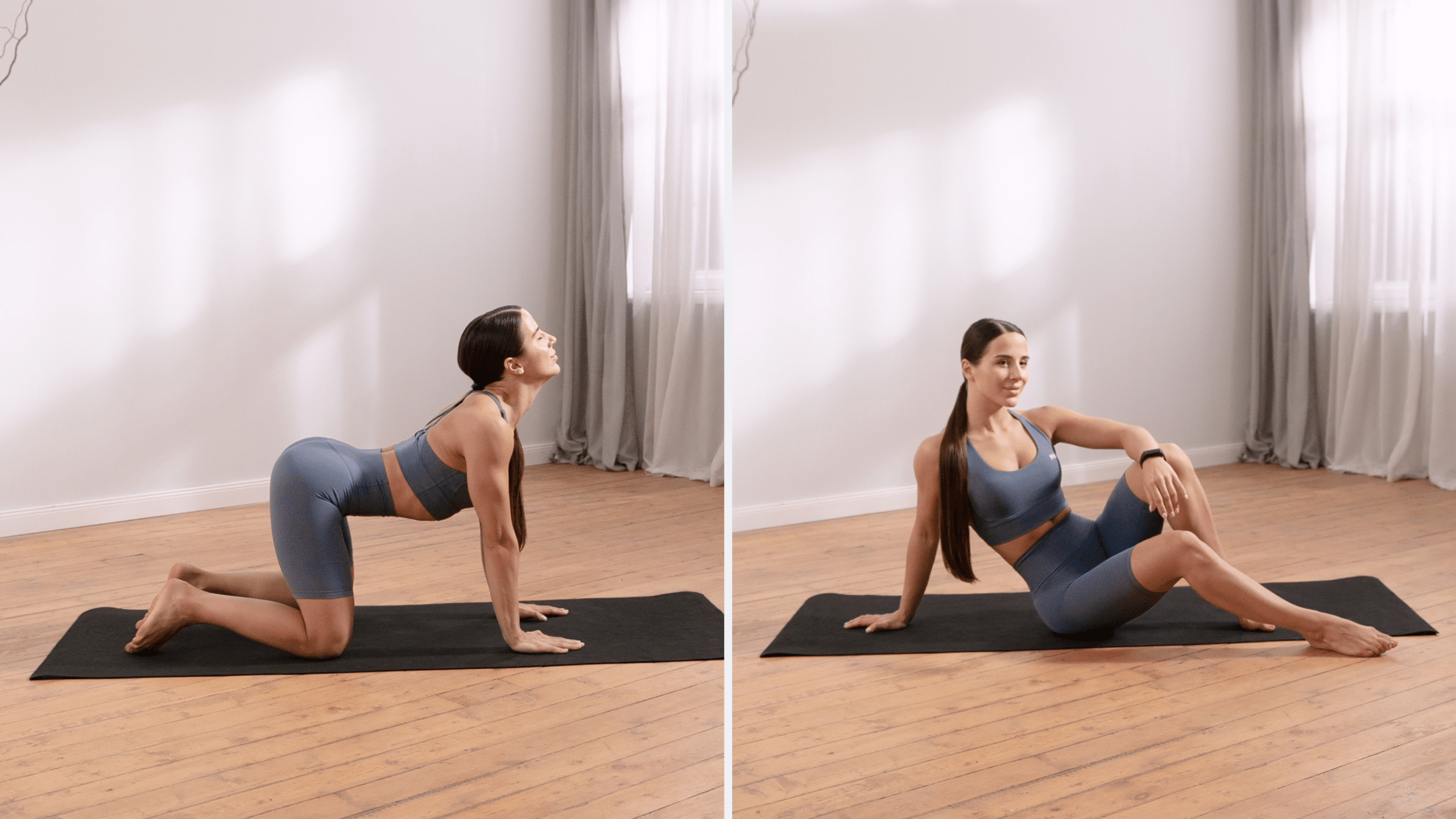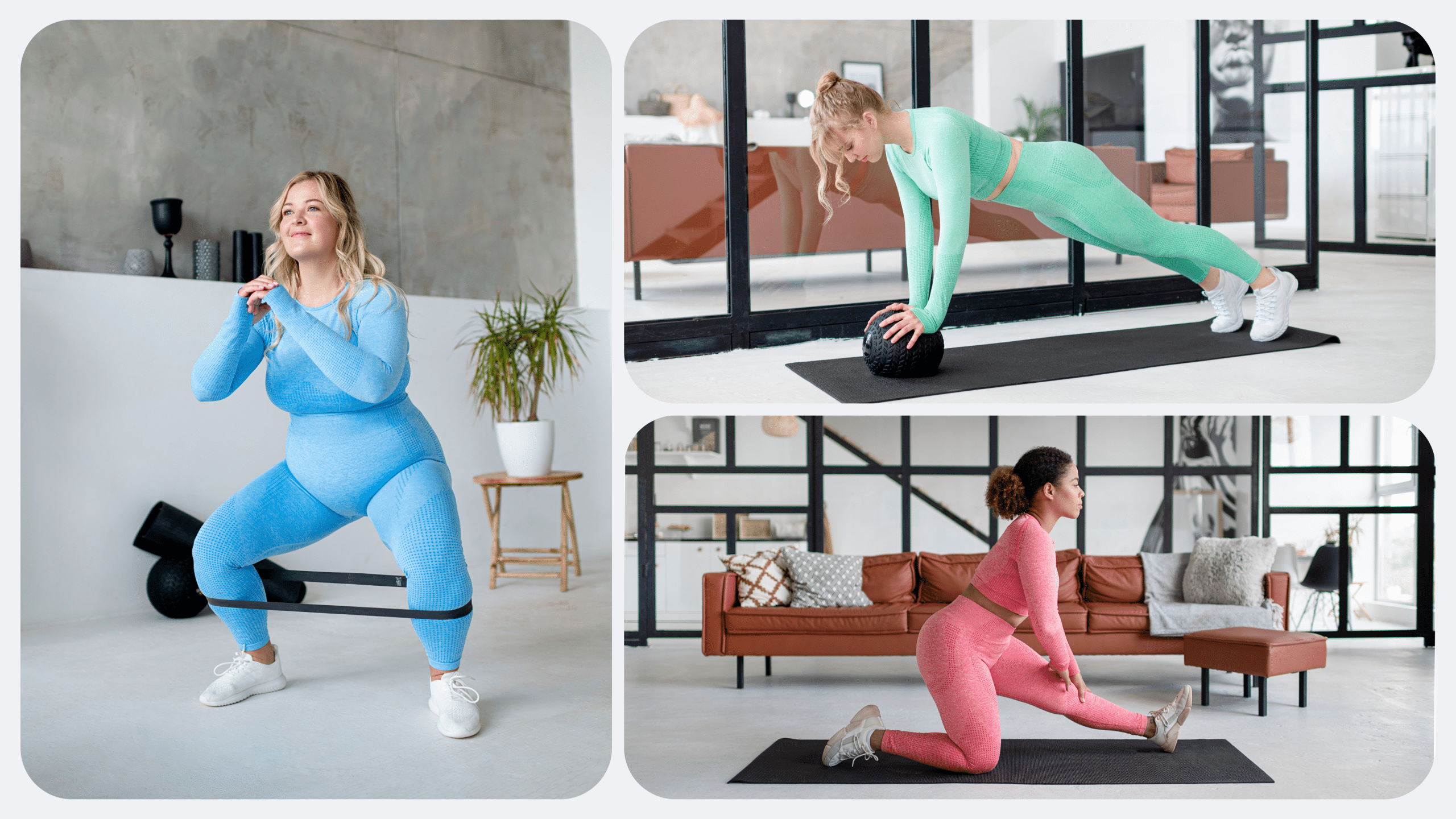Personal trainers can make a world of difference when it comes to helping people achieve their fitness goals. A certified personal trainer will possess the knowledge, skills, and ability to design and implement a safe and effective exercise program based on the specific needs of the client. However, not everyone can afford to hire a personal trainer, and even if you could, you may not be able to find a good match in terms of availability, personality, or expertise. That’s where creating your own workout plan comes in. It may sound daunting, but with a little time and effort, you can design a plan that’s just right for you.
Do I Really Need A Workout Plan?
Yes, you do. When you’re a newbie, “winging it” or “going with the flow” might seem like an easy way to go, but it’s actually not very effective.
Getting away with this approach for a while, if your goals are fairly modest, may be possible. However, if you’re serious about making real progress, then you need to have a plan.
Creating a workout plan will force you to be specific about your goals and will give you a roadmap to follow as you make your way towards them.
Additionally, having a plan will help keep you accountable and motivated, both of which are essential for long-term success.
What Is A Good Workout Schedule?
A good workout schedule is one that is based on the SMART principle. This stands for Specific, Measurable, Achievable, Realistic, and Time-bound.
Specificity
Specificity refers to the details of your plan. You need to be clear about what you want to achieve and what you need to do in order to get there.
For instance, a specific goal might be “to lose 20 pounds in 12 weeks by doing a combination of cardio and strength training three times per week.”
Measurability
Your goals should be quantifiable so you can track your progress along the way.
For example, you might measure your weight, body fat percentage, or the number of reps you can do for a particular exercise.
Achievability
Your goals should be challenging but achievable. They should push you outside of your comfort zone – but not too much to the point where you feel that they are far out of reach and impossible to accomplish.
Read More: Fun Cardio: The New Way To Enjoy A Workout & Get In Shape
Realism
Your goals should be realistic given your current circumstances.
For instance, if you’re a busy mother or father with a full-time job, then it’s probably not realistic to expect that you’ll be able to exercise for two hours per day, six days per week. A more realistic goal would be to exercise for 30 to 60 minutes, 3 to 5 times per week (3).
Time-Bound
Your goals should have a timeline associated with them so that you can stay on track and make sure you’re making the progress you want to be making.
For example, a goal might be to lose ten pounds in eight weeks.
Not putting a time limit on your goal is a recipe for disaster, as it’s easy to get sidetracked and push your goals off into the distant future.
Things To Consider When Creating Your Workout Plan
Now that you know what makes a good workout schedule, it’s time to start putting your own plan together.
Here are some things to consider:
Your Current Level Of Fitness
The first thing you need to consider is your current level of fitness. If you’re just starting, then you’re going to need a different plan than someone who has been working out for years.
Your workout plan should be based on your current fitness level, so it’s neither too easy nor too difficult. It should also have an allowance for progressively increasing the difficulty level as you get stronger and more conditioned.
If you’re a beginner looking to build muscle, a strength-training routine that starts you off with the basic compound exercises is a good place to start.
Once you’ve mastered those, you can move on to more difficult versions of the exercises or add in new exercises that target different muscle groups. You may also progressively overload your muscles by adding more weight, sets, or reps as you get stronger.
On the other hand, if you’re a beginner looking to improve cardiovascular health, you might start with a walking program. As you get more fit, you can gradually add in jogging or running (1).
Intense sweat sessions, working weight loss tips, lip-smacking recipes come in one package with the BetterMe app. And all of it is at your fingertips, start transforming your life now!
How Much Time You Have
One of the biggest challenges people face when it comes to working out is finding the time to do it. If you have a busy schedule, it can be tough to make time for a workout.
That’s why it’s important to consider how much time you have when creating your workout plan. For example, if you only have 30 minutes to work out, of course, you’re not going to be able to do a two-hour weight-lifting session.
Instead, you’ll need to focus on exercises that are quick and efficient, such as circuit training or HIIT workouts. These types of workouts are designed to give you the most result in a short period.
Your Ultimate Why
Without sounding too philosophical, it’s important to consider your “ultimate why” when creating your workout plan. This is the motivating factor that will keep you going even when you don’t feel like working out.
For some people, their ultimate why might be to improve their health. For others, it might be to build muscle or lose weight. Whatever your reason is, make sure it’s something that will keep you motivated even when the process gets tough.
Use the SMART (specific, measurable, achievable, relevant, and time-bound) system to make your “why” even more effective.
For example, a SMART goal might be to lose 20 pounds in three months by working out four days per week and following a healthy diet.
This goal is specific (lose 20 pounds), measurable (weigh yourself regularly), achievable (losing a pound or two per week, which is a healthy rate of weight loss), relevant (this goal is relevant to your overall health and fitness goals), and time-bound (three months).
The Resources Available To You
Ideally, you would have all the resources you need to achieve your fitness goals. But the reality is that most people don’t have access to a fully stocked gym or a personal chef.
When creating your workout plan, it’s important to consider the resources you have available to you. For instance, you can only work out at home, you’ll need to find exercises that can be done with minimal equipment.
If your neighborhood doesn’t have any safe places to walk or run, you might need to get creative with your cardio workouts. If perhaps you can’t afford a gym membership, you’ll need to find free or low-cost alternatives, such as working out at a local park or using bodyweight exercises.
Read More: Beach Body HIIT Workout For Beginners
Create Your Workout Schedule In Five Simple Steps
Here’s a fool-proof method for creating a workout schedule that will help you achieve your fitness goals:
Step 1: Decide On Work Days And Rest Days
The first step is to decide which days you’re going to work out and which days you’re going to rest. It’s important to have at least one day of rest per week, but you can have more if needed.
Most people find that working out four or five times per week is a good balance. This gives you enough time to work out without feeling too overwhelmed or bogged down.
If you’re just starting, you might want to start with two or three days per week and gradually add more as you get more comfortable with working out.
You don’t have to spend rest days doing nothing either. You can still be active on your rest days by doing light exercises, such as walking or yoga.
A sample workout schedule might look like this:
- Monday: Workout
- Tuesday: Workout
- Wednesday: Rest day
- Thursday: Workout
- Friday: Workout
- Saturday: Active rest day
- Sunday: Rest day
Step 2: Choose Your Workouts
Now that you know which days you’re going to work out, it’s time to choose your workouts. This depends on your goals and preferences. Strength training is good for building muscle and improving your overall health (2).
Cardio exercises, such as running or biking, are good for heart health and weight loss (1). Moreover, if you want to improve your flexibility, you can focus on stretching and mobility exercises.
A mix of different types of exercises is generally the best approach, as it helps avoid boredom and gives you a well-rounded workout.
Going by the schedule above, your workout might look something like this:
- Monday: Strength training + cardio
- Tuesday: Strength training + cardio
- Wednesday: Rest day
- Thursday: Strength training + cardio
- Friday: Strength training + cardio
- Saturday: Active rest day (walking, yoga, etc.)
- Sunday: Rest day
Whether you’re looking to simply pep up your fitness routine, jazz up your diet with mouth-watering low-calorie recipes or want to get your act together and significantly drop that number on your scale – BetterMe app has got you covered! Improve your body and revamp your life with us!
Step 3: Choose Specific Exercises
There are two types of exercises: compound and isolation.
Compound exercises are multi-joint movements that work on multiple muscle groups at the same time. These are generally the best exercises to pick since they help you get the most benefits during a workout or bang for your buck when you are hitting the gym.
They include exercises such as squats, deadlifts, presses, and rows.
Isolation exercises are single-joint movements that only work on one muscle group at a time. These can help target specific muscles, but they shouldn’t be the only exercises you do.
Some isolation exercises include bicep curls, tricep extensions, and leg curls.
Step 4: Decide On Your Workout Split
If you’ve been trying to get your hands on a muscle group workout schedule, you may have come across something called a “workout split.” This is a simpler way of organizing your workouts to target different muscle groups on different days.
There are many different ways to split up your workouts, but here are a few of the most common:
-
Full-Body Workout
This type of workout hits all of the major muscle groups in your body, such as your chest, back, shoulders, legs, and arms.
-
Upper/Lower Split
This type of workout splits the body into the upper and lower half. The upper half includes the chest, back, and shoulders, while the lower half includes the legs and arms.
-
Push/Pull/Legs Split
This type of workout further splits the upper and lower body into three different groups. The “push” group includes the chest and shoulders, the “pull” group includes the back and arms, and the “legs” group includes, well, the legs!
Choosing a workout split is largely a matter of preference. If you’re just starting out, a full-body workout might be the best option, as it’s simpler to follow and doesn’t require as much time in the gym.
As you become more experienced, you can start splitting up your workouts to target different muscle groups on different days.
The idea of a split is to give different muscle groups enough time to recover between workouts. For example, if you’re doing a full-body workout three days per week, you might want to give yourself a day or two rest in between each workout.
If you’re doing an upper/lower split, you can do four days per week, with two days dedicated to the upper body and two days dedicated to the lower body.
And if you’re doing a push/pull/legs split, you can do five days per week, with a day dedicated to each group.
Step 5: Put It All Together
Now it’s time to put your workout plan together!
Using the information from the steps above, here’s what a sample workout plan might look like:
Monday (Lower Body Workout)
-
- Squats: 4 sets of 8 to 12 reps
- Deadlifts: 4 sets of 8 to 12 reps
- Lunges: 3 sets of 12 to 15 reps
- Step-ups: 3 sets of 12 to 15 reps
- Finish off with 30 minutes of walking on the treadmill at an incline
Tuesday (Upper Body Workout)
-
- Bunch press: 4 sets of 8 to 12 reps
- Incline dumbbell press: 3 sets of 8 to 12 reps
- Dumbbell rows: 3 sets of 8 to 12 reps
- Shoulder presses: 3 sets of 8 to 12 reps
- Pull-ups: 3 sets of max reps
- Finish off with 20 to 30 minutes of light cardio
Wednesday (Rest Day)
Thursday (Lower Body Workout)
-
- Squats: 4 sets of 8 to 12 reps
- Deadlifts: 4 sets of 8 to 12 reps
- Lunges: 3 sets of 12 to 15 reps
- Step-ups: 3 sets of 12 to 15 reps
- Finish off with 30 minutes of walking on the treadmill at an incline
Friday (Upper Body Workout)
-
- Bench press: 4 sets of 8 to 12 reps
- Incline dumbbell press: 3 sets of 8 to 12 reps
- Dumbbell rows: 3 sets of 8 to 12 reps
- Shoulder presses: 3 sets of 8 to 12 reps
- Pull-ups: 3 sets of max reps
- Finish off with 20 to 30 minutes of light cardio
Saturday (Active Rest Day)
- Yoga, swimming, or any other low-impact activity
Sunday (Rest Day)
Conclusion
Making your own workout plan can be challenging without hiring a certified personal trainer but it isn’t impossible. A sample workout plan that you can use to get started on your fitness journey is discussed above to give you a headstart.
Of course, this is just a starting point, so you’ll need to experiment and see what works best for you. However, if you follow the tips in this article, you’ll be well on your way to making and figuring out what workout plan works best for you.
DISCLAIMER:
This article is intended for general informational purposes only and does not serve to address individual circumstances. It is not a substitute for professional advice or help and should not be relied on for making any kind of decision-making. Any action taken as a direct or indirect result of the information in this article is entirely at your own risk and is your sole responsibility.
BetterMe, its content staff, and its medical advisors accept no responsibility for inaccuracies, errors, misstatements, inconsistencies, or omissions and specifically disclaim any liability, loss or risk, personal, professional or otherwise, which may be incurred as a consequence, directly or indirectly, of the use and/or application of any content.
You should always seek the advice of your physician or other qualified health provider with any questions you may have regarding a medical condition or your specific situation. Never disregard professional medical advice or delay seeking it because of BetterMe content. If you suspect or think you may have a medical emergency, call your doctor.
SOURCES:
- Cardiovascular aspects of running (1985, pubmed.gov)
- Evidence mounts on the benefits of strength training (n.d., harvard.edu)
- How Much Physical Activity Should Your Family Get? (2014, nih.gov)


